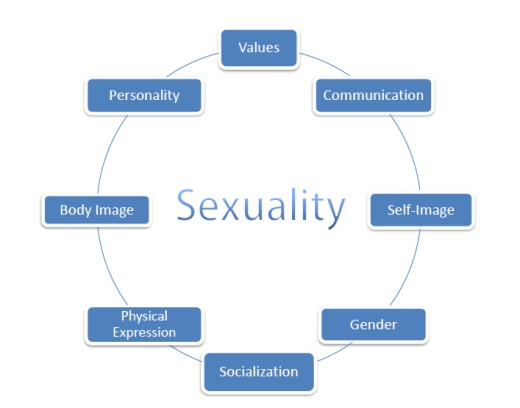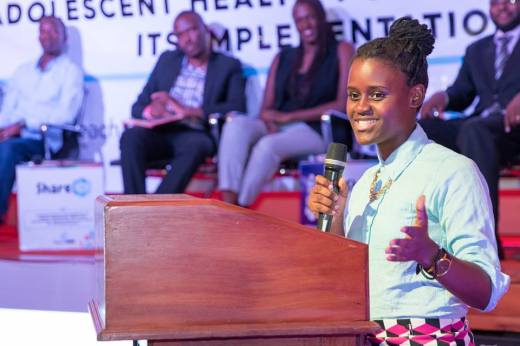(if you are here to read because the blog title unzipped a curiosity, please share if you may)
For starters, Sex is how an individual is different based on their reproductive organs and alternatively, it could refer to the sexual intimacy or activity between man and woman. Sexuality on the other hand refers to sexual orientation, sexual identity (of knowing who you are and what roles are accorded to your gender), one’s strengths and weaknesses (sexual potency).

Recently, there has been a debate making rounds on whether Sexuality Education should be added to the schools’ curriculum and the reason for why it is still pending is because among the majority of the people against it, the strongest opposition comes from the parents with reason of-course;
- Sexuality Education comprises lessons on how and why people should have sex
- Sexuality Education will motivate young people to have sex instead
- Children are still young to have Sexuality Education on the curricular
- The curricular should be promoting abstinence rather than Sexuality Education
- Sex is a sacred topic and therefore it is not morally upright to have it out in the public
- Sexuality Education is vulgar
It is only natural that parents fear for their children so please endevour to supplement as to why “you” or the parents you know wouldn’t support the idea of Sexuality Education onto the curriculum and before we disseminate the myths from the Facts, let us analyze the obvious indicators we have decided to turn a blind eye to.
Are we oblivious to the increased numbers of young people engaging in sexual activity as early as 12years?
Should we rule out that the various stakeholders in the lives of young people are not doing enough by talking about “abstinence” because as far as the current curriculum is concerned, the ABC (Abstinence, Be Faithful to your partner and use Condoms for protection) model is taught but with more emphasis on Abstinence? Why then do we have multiple cases of teenage pregnancies and unsafe abortions? Is it enough that we blame it on irresponsibility and curiosity or should we be actually playing these blame games at all?
1 in 6 births are to adolescent girls and this comes with stigmatization and as a result these young mothers face significant barriers to continuing with school and finding work which puts them (mother and child) in the vulnerable position of a life in poverty. Due to lack of information dissemination, we have very often seen young people make unsafe health and sexual choices like unsafe sex causing transmission of HIV/STI’s and intended pregnancies.
Sexuality Education encompasses components that include; Reproduction, Relationships, Health and Rights, gender roles, sexuality, abuse and life skills contrary to the initial perception that it is all about “how to have sex.” Sexuality Education does not promote promiscuity but rather promotes healthy, informed and responsible behavior. The goal of having it on the curriculum is to promote the full and healthy development of an individual and have their relationships built on mutual trust and respect. It attempts to reach out to young people with the right kind of information and knowledge about their bodies, their needs and most of all their rights and also promotes physical, mental and social well-being.
Majority people however are quick to point out how vulgar certain individuals, schools or organizations are if their main objective is to empower young people in making informed choices in regard to their Sexual and Reproductive Health.
It is the right of each and every individual, every adolescent across the globe to get the right information about sexuality education, contraception and family planning because teaching Abstinence-only sex education has led to a generation of young people who aren’t adequately informed about some of the most critical aspects of life and their well-being.Sexuality education should therefore be age-appropriate and easily available to young people and sensitization and awareness should be raised among parents on what is really entailed in the curriculum.
“An educated, enlightened and informed population is one of the surest ways of promoting the health of democracy- Nelson Mandela




